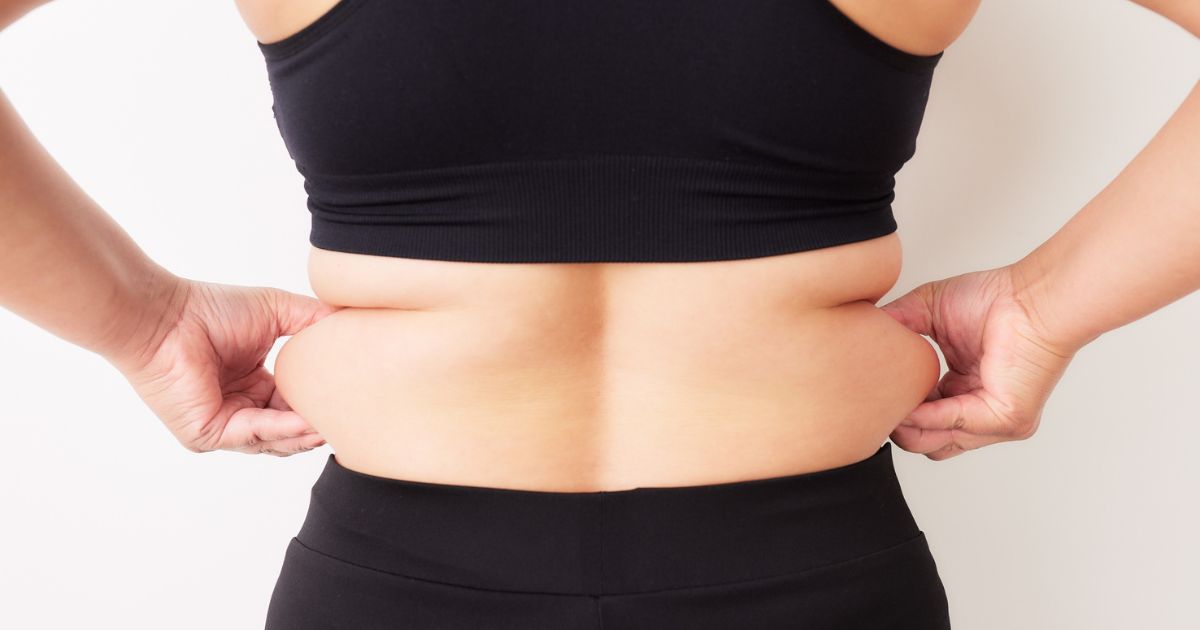True Cellular Formulas Team - February 22, 2024
Rethinking Silicone Cookware
A Closer Look at its Safety
The allure of silicone cookware lies in its promise: a non-toxic, non-stick, and flexible alternative to traditional cookware. Its vibrant colors and seemingly endless shapes have made silicone molds and utensils a favorite in kitchens worldwide. However, recent research suggests that the reality of silicone cookware might not be as rosy as its marketing claims. This article delves into the evidence behind the safety of silicone cookware, shedding light on the potential health risks associated with its use.
Unveiling the Truth About Silicone Cookware
Silicone cookware has been celebrated for its high heat resistance, durability, and eco-friendly profile. Marketed aggressively as a safer, healthier option for cooking, it has found a place in millions of kitchens. But what happens when we subject silicone to high temperatures, particularly those exceeding 200 degrees Celsius (392 degrees Fahrenheit)? Studies have begun to reveal a concerning side effect: the release of siloxanes, chemical compounds that can migrate into food and the air we breathe.[1]
Siloxanes belong to a family of silicon-based chemicals known for their ability to soften and moisten, making them common in personal care products.[1] However, their presence in our cookware raises significant health concerns. Research indicates that these compounds can cause liver and thyroid damage and may be linked to more severe conditions, including uterine cancer.[2] The crux of the issue lies not in the everyday use of silicone at room temperature but in its degradation and chemical release at high cooking temperatures, a condition under which many users unknowingly place their trust in its safety.
The Wider Issue: Silicone in Kitchen Accessories
The conversation around the safety of silicone in the kitchen doesn't end with cookware. Unbeknownst to many, silicone's reach extends into other culinary tools, including unbleached parchment paper. This paper, often used for baking and cooking for its non-stick properties, is coated with a layer of silicone to achieve its desired effect. The revelation that this too can contribute to the leaching of siloxanes into food and air complicates the narrative around non-toxic kitchen practices.[3] It underscores a broader issue: the pervasive use of silicone in items where direct heat is applied, raising questions about the cumulative exposure to harmful chemicals over time.
This expanding use of silicone in kitchen accessories brings to light the importance of scrutinizing not just what we cook but how we cook it. The convenience of silicone may come at a hidden cost, prompting a closer examination of the materials that come into contact with our food. As consumers, the responsibility falls on us to navigate these revelations with an informed perspective, balancing convenience with safety in our culinary practices.
Evaluating the Risks and Regulatory Stance
The risks associated with using silicone cookware hinge on the frequency and conditions of use, particularly the temperatures at which the cookware is exposed. While the studies highlighting the release of siloxanes at high temperatures provide a basis for concern, it's important to frame these risks within the context of everyday cooking practices. The occasional use of silicone bakeware might not pose a significant health risk, but regular exposure to high temperatures could increase the likelihood of chemical leaching.
The regulatory stance on silicone cookware varies by country, but generally, food-grade silicone is deemed safe for use within specific temperature ranges. Regulatory agencies, such as the U.S. Food and Drug Administration (FDA), have approved silicone for food contact under certain conditions, suggesting a level of confidence in its safety when used as recommended. However, the emergence of research on siloxanes challenges these assumptions, calling for a reevaluation of guidelines and possibly, more stringent testing methods to assess long-term exposure effects.
Safer Alternatives and Practical Tips
In light of the concerns surrounding silicone cookware, turning to safer alternatives can mitigate potential health risks. Materials like ceramic, glass, stoneware, and stainless steel offer non-toxic options for cooking and baking, without the risk of chemical leaching. Each of these materials has its unique benefits, from the heat retention properties of cast iron to the chemical inertness of glass, providing a range of options to suit different cooking needs and preferences.
For those who are not ready to completely abandon silicone cookware, there are practical steps to minimize risk. Limiting the use of silicone items to lower temperatures and avoiding their use for high-heat cooking can reduce the potential for chemical release. Additionally, coating cookware with organic oils such as coconut oil, olive oil, butter, or ghee can offer a non-stick solution without resorting to potentially hazardous materials. Transitioning to safer cooking practices doesn't require sacrificing convenience; rather, it invites a more mindful approach to preparing food, ensuring that safety and health are at the forefront of culinary decisions.
Summary
The growing concerns around silicone cookware present an opportunity for reflection on our culinary practices, pushing us towards safer, more informed choices in the kitchen. As research continues to evolve, so too should our approach to the tools we use for cooking and baking. Embracing alternatives such as ceramic, glass, stoneware, and stainless steel not only mitigates potential health risks but also enriches our cooking experience with materials known for their safety and durability. Ultimately, the journey towards a healthier kitchen is a personal one, guided by the latest findings and a commitment to well-being.
- Mojsiewicz-Pieńkowska, Krystyna et al. “Direct Human Contact with Siloxanes (Silicones) - Safety or Risk Part 1. Characteristics of Siloxanes (Silicones).” Frontiers in pharmacology vol. 7 132. 30 May. 2016, doi:10.3389/fphar.2016.00132
- SILOXANES - Consumption, Toxicity and Alternatives, www2.mst.dk/udgiv/publications/2005/87-7614-756-8/pdf/87-7614-757-6.pdf. Accessed 20 Feb. 2024.
- Jakob, Andreas et al. “Detection of polydimethylsiloxanes transferred from silicone-coated parchment paper to baked goods using direct analysis in real time mass spectrometry.” Journal of mass spectrometry : JMS vol. 51,4 (2016): 298-304. doi:10.1002/jms.3757



